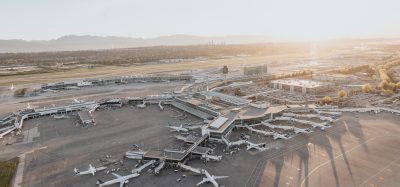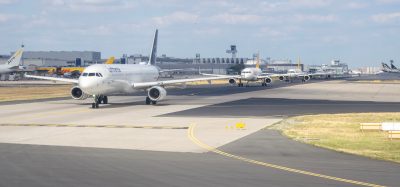An Aviation Strategy to unlock growth across the UK
- Like
- Digg
- Del
- Tumblr
- VKontakte
- Buffer
- Love This
- Odnoklassniki
- Meneame
- Blogger
- Amazon
- Yahoo Mail
- Gmail
- AOL
- Newsvine
- HackerNews
- Evernote
- MySpace
- Mail.ru
- Viadeo
- Line
- Comments
- Yummly
- SMS
- Viber
- Telegram
- Subscribe
- Skype
- Facebook Messenger
- Kakao
- LiveJournal
- Yammer
- Edgar
- Fintel
- Mix
- Instapaper
- Copy Link
Posted: 21 July 2017 | International Airport Review | No comments yet
The UK Government has launched a public discussion to create a new Aviation Strategy.


The Strategy’s intended focus on boosting economic growth, connectivity and skills is a welcome step for the industry and the UK as a whole.
As aviation is an enabler of economic growth, the Aviation Strategy should be part of the Government’s wider economic and industrial agenda. The Aviation Policy Framework from 2013 is no longer fit for that purpose, particularly in light of the new UK and global environment, including the EU referendum outcome, the Government’s preference for a third runway at Heathrow Airport and ICAO’s agreement on tackling CO2-emissions from aviation.
In the Aviation Strategy, the Government should set out a positive framework for growth for all airports, helping to deliver, sustainably, the connectivity the country needs for a flourishing economy, creating jobs and growth across the UK. This will sit alongside the Airports National Policy Statement, which sets out the need for expansion in the South East.
It is welcome the Strategy’s focus includes making best use of existing capacity, as this can accommodate significant growth in demand. The Government must set out how it will help airports achieve this. It will require, for example, investment in improved surface access to airports so that more businesses and consumers have fast access to domestic and international destinations.
A third priority for the Aviation Strategy should be enabling aviation to become more sustainable. While industry is moving ahead to reduce the environmental impact of aviation in areas within its control, there are areas where Government support is needed, such as on sustainable aviation fuels and support for low-carbon specialist vehicles on airports.
The Aviation Strategy should set out how the Government intends to support smaller airports, which provide a vital link to the rest of the UK and the world for communities across the country.
Commenting on the Government’s launch, Chief Executive of the AOA, Karen Dee said:
“Aviation is a UK success story: as a sector, we employ around a million people and contribute a billion pounds a week to the UK economy. We also enable other sectors to do well, from bringing tourists to the UK to transporting 40% of the UK’s exports by value.
“A new Aviation Strategy is a welcome opportunity to build on this success. It should enable aviation to unlock further economic and productivity growth across the UK, allowing aviation to help the Government deliver on its other priorities, such as the Industrial Strategy. This must include creating better surface access to airports as the UK’s global gateways and enabling sustainable growth to meet ever-increasing demand for air travel.
“It should also be an opportunity to work across government to put the passenger first. This includes addressing barriers to better connectivity, like the fact the UK charges the highest Air Passenger Duty in the world, and supporting Border Force to provide not only a secure UK border but also excellent customer services to travellers.”
Related topics
Aeronautical revenue, Air traffic control/management (ATC/ATM), Economy, Emissions, Regulation and Legislation, Sustainability, Sustainable development


















